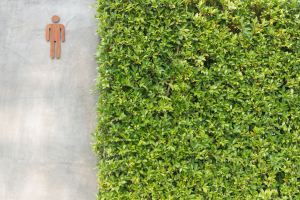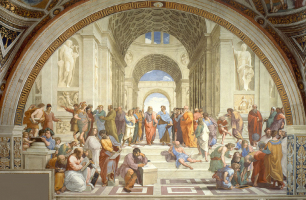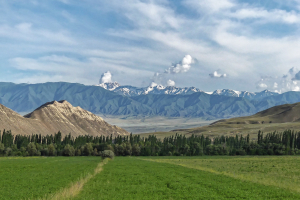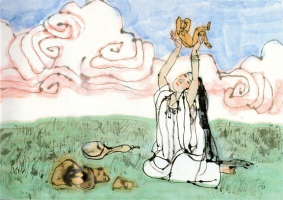Top 10 Myths and Misconceptions About Castles
Everyone in the current period is familiar with the appearance of a castle and the fundamental principles of how one operated. Sadly, pop culture is where the ... read more...majority of this knowledge comes from. Because Jon Snow or Aragorn defended them, we are familiar with some castles. We are less familiar with actual castles, and part of what goes on inside them is shrouded in legend and misunderstanding.
-
There wasn't always a moat around a castle. For a variety of reasons, not the least of which was that it was impossible due to the large number of castles perched atop hills and highlands. Nonetheless, there were various forms a moat may take when a fortress did have one.
There were dry moats—those devoid of water—that were used to impede the advance of adversaries. But when we think of the phrase, the majority of us probably picture a moat filled with water. They were present in many castles. The traditional method for building wet moats was to divert a rover's flow for a long enough period of time to flood the ground underneath a fortress. That implied that you had a still pond that would eventually overflow with sewage.
A moat was a good deterrent against attackers despite the stench because it could stop several direct attacks. Even siege weaponry had to be positioned out from the castle because enemies couldn't scale the walls. It also prevented tunnels from being built beneath the walls.
The moat of Cesky Krumlov Castle in the Czech Republic was unusual because it was filled of bears. Bears began being kept and raised inside the castle walls in the 16th century, and by 1707, they had established a home in the moat. Bears are still kept in the moat today, and if visitors are in town, they are welcome to come view them. It has been improved to make a secure habitat for the animals, and it now resembles a zoo more than a castle.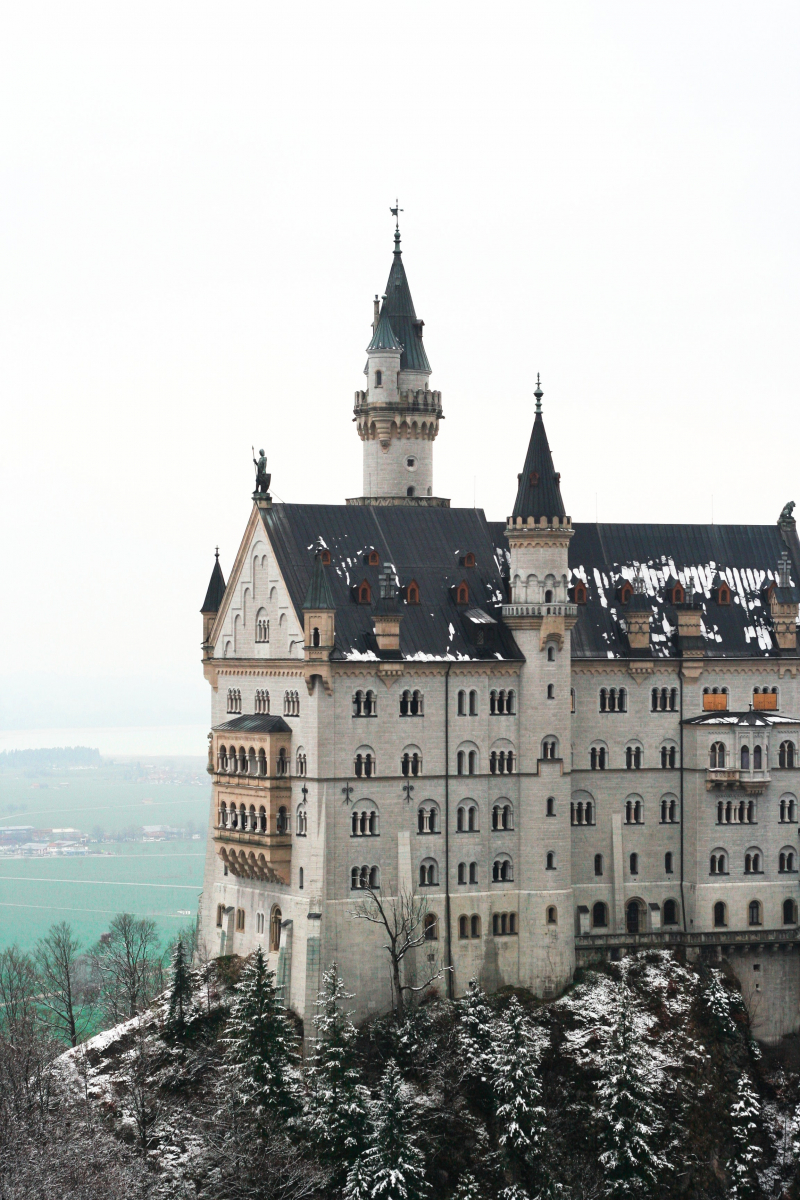
Image by Виктория via pexels.com 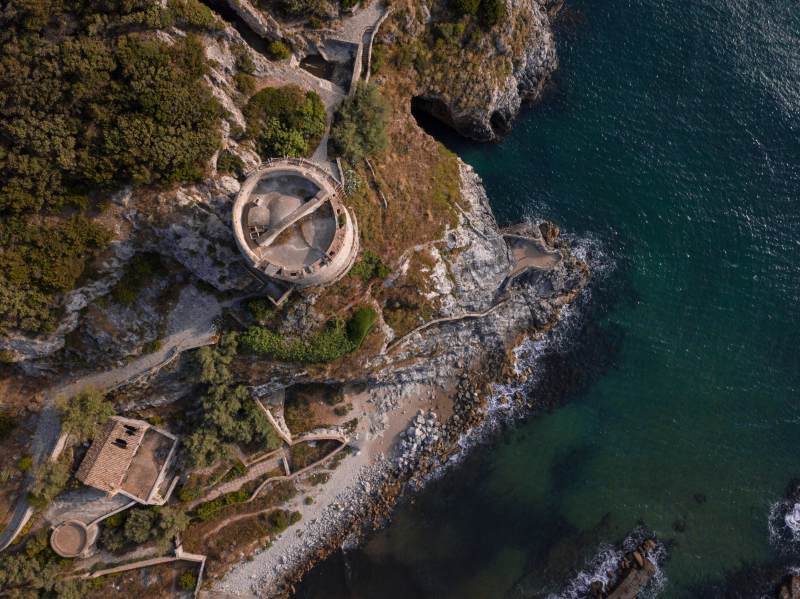
Image by Davide De Giovanni via pexels.com -
Within castle walls, murder holes—more technically known as machiolations—were somewhat comparable to reverse balconies. Defenders might stand over these openings and scan the ground below. They might then use the opportunity to lob objects, like boulders, onto the assailants below. This was first thought to be used for preservation purposes, not murder. Any castle's door may catch fire, therefore the murder holes above the doors provided the perfect location for defenders to throw water to put out the flames.
It seemed obvious that throwing rocks or other heavy items would be helpful in protecting the castle as well. That being said, it was at best improbable that hot oil had been poured down here. This is not to argue that cooking oil was never utilized; in fact, there is proof that someone did so during the siege of Orleans. Simply put, it was impractical to heat so much oil as it must reach a temperature of 200 degrees Celsius, or double that of boiling water. The risk of fire inside the castle would have been greater than the risk of using it as a weapon against people outside.
Some murder holes weren't even functional; they were purely aesthetic pieces of performative architecture made to look aristocratic or authentic. At Tattershall Castle, the Inner Ward was covered by the murder holes rather than the outside.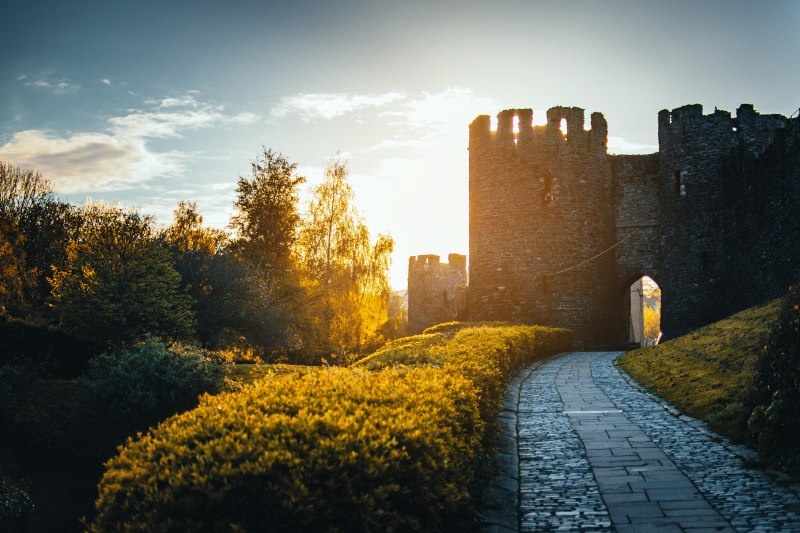
Image by Lisa Fotios via pexels.com 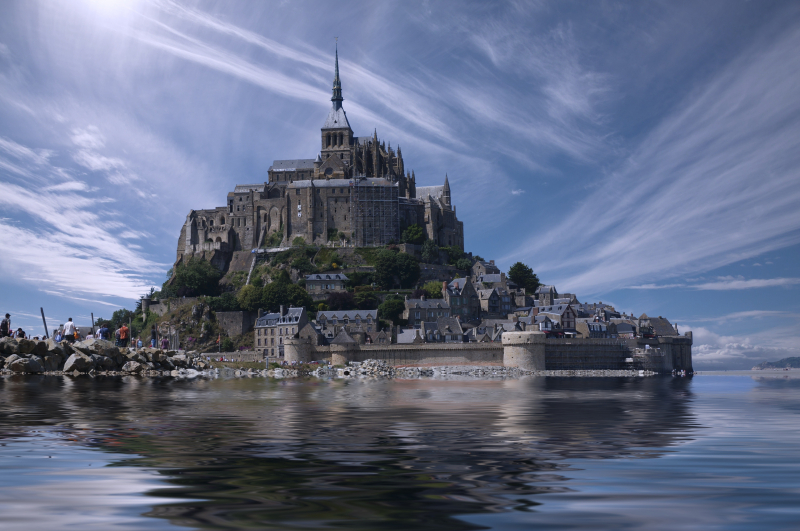
Image by Pixabay via pexels.com -
A stone passageway lined with torches is one of the most typical pictures of a medieval castle that most people have in their minds thanks to pop culture. You grasp hold of one and move through the dimly lit areas at night. The trouble about torches as a light source is that it is not viable for any realistic, long-term applications. It doesn't make logical that flaming torches would be mounted in sconces on castle walls.
You could anticipate that a torch would burn for anything between 20 minutes and two hours, depending on how it was created. To burn for more than an hour, a long torch would need to be submerged in tar or pitch, which would emit toxic fumes and dense smoke. This would be unsafe and impractical in a fortress with walls lined in them. It would be absurd to maintain the flame of a short-burning torch. Although they may be ready to burn as needed, it made little sense to have them lighted solely for ambient illumination.
Candles or lamps would provide most of the lighting in castles. They burned more safely and more thoroughly. Candle production would likely be less expensive and take less time than torch production, for example.
Image by Benjamin Suter via pexels.com 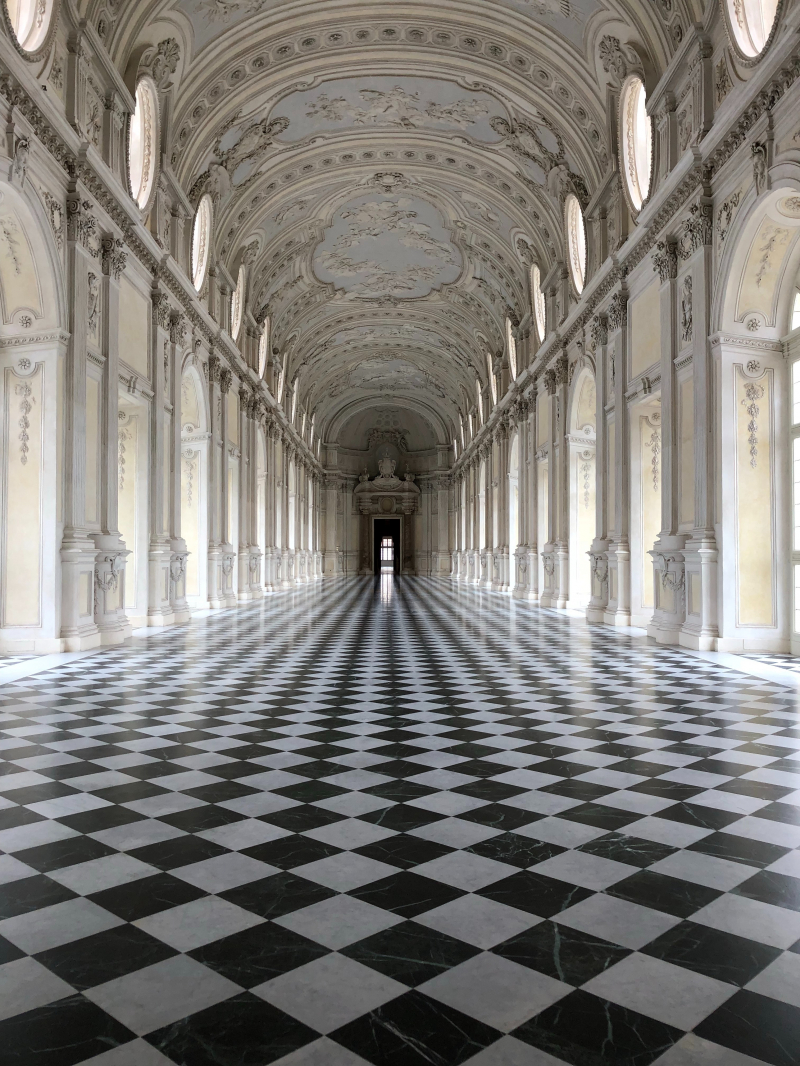
Image by Ivan Bertolazzi via pexels.com -
It makes sense—and in some cases, it was true—that they constructed castles upon a web of covert corridors and escape routes. Yet, they were not nearly as common as we might assume from media like movies.
It's interesting to note that many of the tunnels that currently exist were not envisioned in the initial plans. Instead, these were later additions to the renovations. A tunnel was later erected to Ashby de le Zouch Castle in Leicestershire as a supply path between the tower and the kitchen.
Both Nottingham Castle and Knaresborough Castle had tunnels, which may or may not have been used as a means of escape, but they both had some sort of hidden passageway. These were not, however, the norm in most cases. In fact, the garderobe, which was essentially a toilet hole and the closest thing to a secret tunnel you could find, was sometimes used by intruders to enter castles.
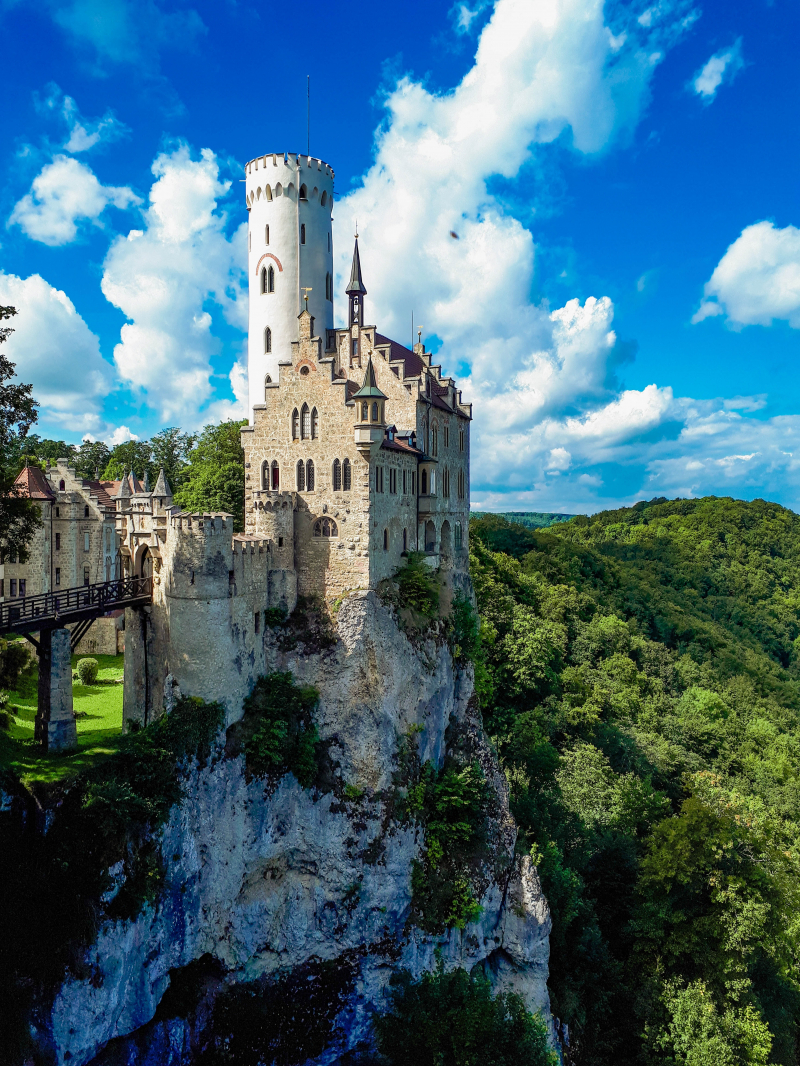
Image by MARTHA SALES via pexels.com 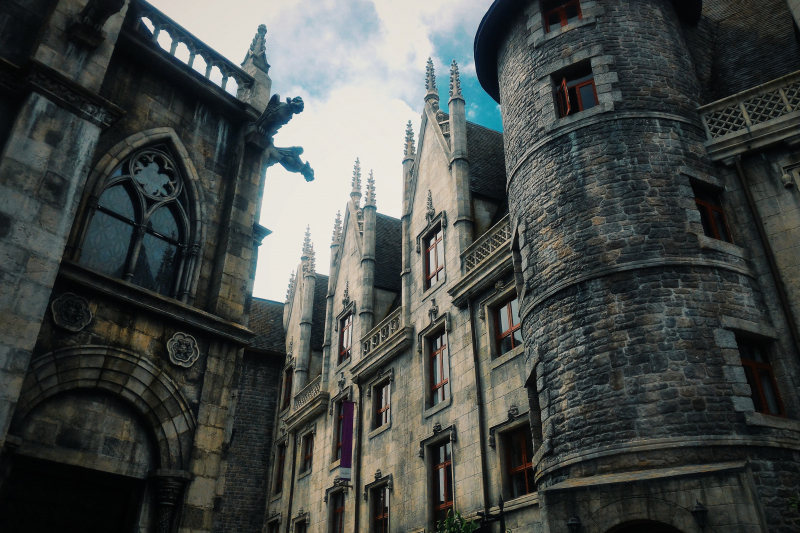
Image by Min An via pexels.com -
One of the most well-known depictions of castle warfare shows an army outside the walls constructing trebuchets or catapults to launch rocks at the walls and destroy them. Any castle seemed to be doomed by siege weapons and artillery. Yet in reality, it wasn't like that.
Although artillery weapons were notoriously difficult to aim accurately, they were best deployed to target certain areas of the defenses. Doors were obviously the most vulnerable points of entry. But, walls were not the best because their thickness may vary from six to more than twenty feet.
This was the reason military sieges might linger for months. In a movie, a catapult might easily destroy a castle, but in real life, they may have been beneficial for striking structures inside the walls of a castle but not for getting inside the structure itself. A siege would frequently succeed only if the defenders were starved to death and allowed to retreat. Yet, the attackers also ran the same risk because they were in a foreign country and may become starved and worn out.
Siege weapons were difficult to work with and were typically constructed on location using materials found nearby. Dragging them through the countryside was too challenging, and it might also be tough to locate ammunition. Due of the time and expense involved, attacking armies would only resort to siege warfare as a last resort.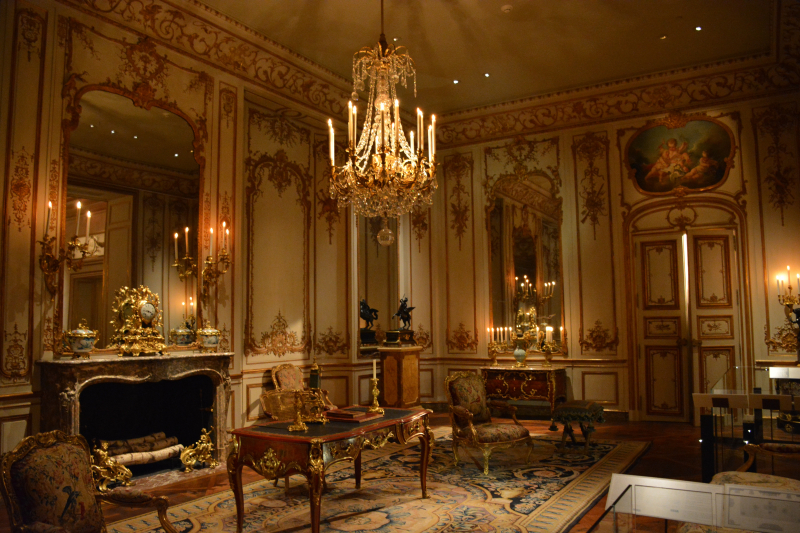
Image by João Gustavo Rezende via pexels.com 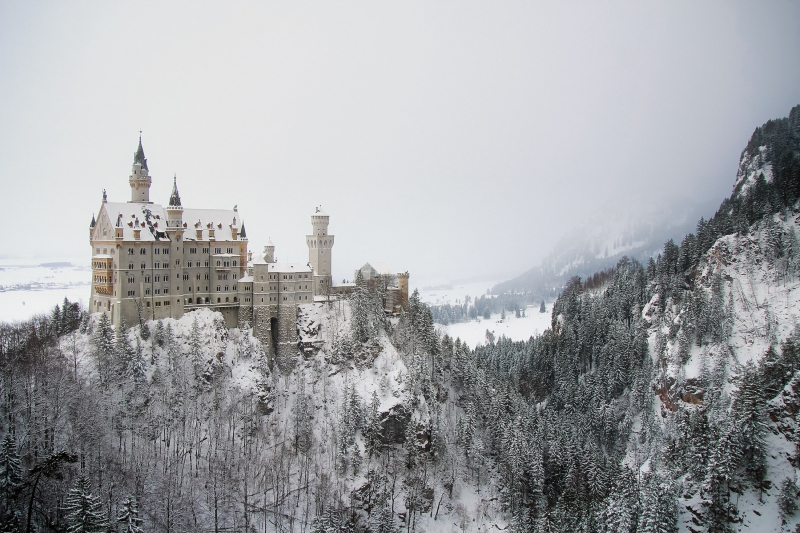
Image by Pixabay via pexels.com -
Several artifacts from earlier times can be found by performing a fast Internet search for castle ruins. Half-walls, towers that are overgrown, and parapets. The issue is that not all of those ruin sites are authentic. Several of the castle ruins still standing today were constructed with ruinousness in mind. An architectural trend in the 18th century was preoccupied with the idea of constructing ruins from scratch rather than waiting for structures to disintegrate naturally.
A ruin in Ireland called the Jealous Wall displays a damaged monastery and a staircase that seems like it was once a sizable, magnificent medieval castle. Actually, Robert Rochfort created it as a ready-made ruin in the 18th century.
For a while, these false ruins, sometimes known as ruin follies, were the sexiest vogue among members of high society. At Scotney Castle in Kent, a landowner reportedly constructed a brand-new home for himself merely to destroy the old one and leave it in ruins.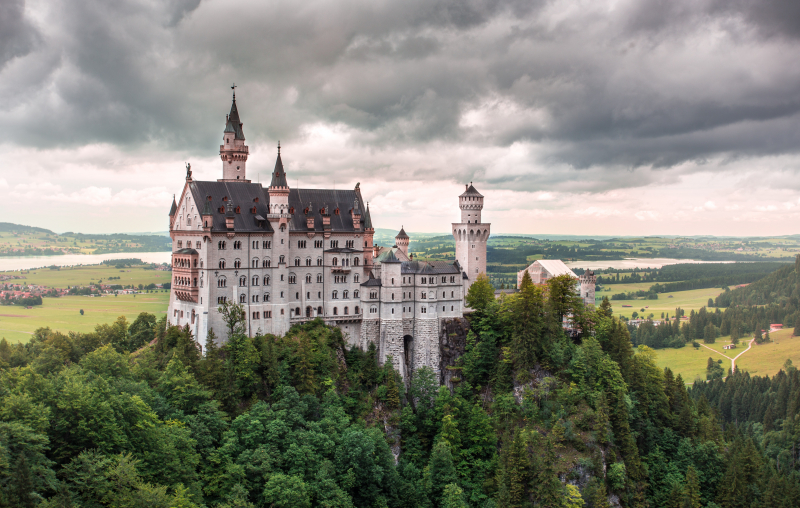
Image by Jonathan Goerke via pexels.com 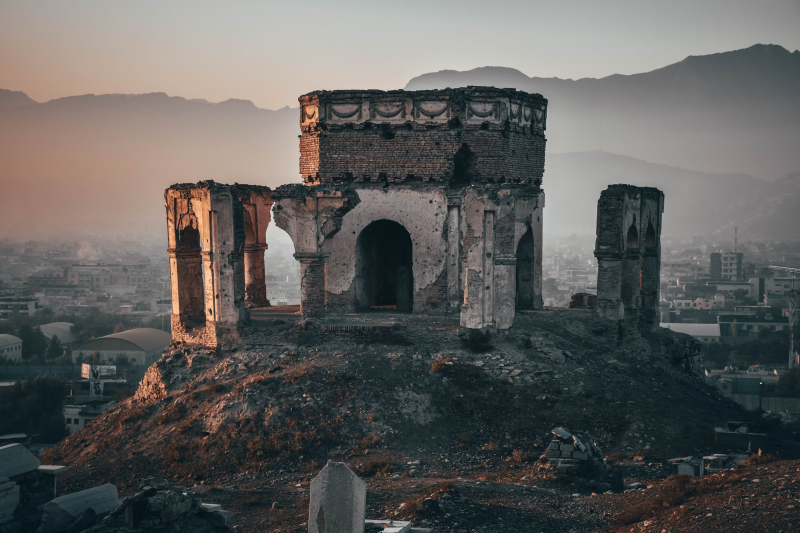
Image by Suliman Sallehi via pexels.com -
One of the "facts" about medieval castles that you'll read a lot is that the stairway spiraled up in a clockwise direction. According to legend, a clockwise staircase made it simpler for right-handed archers and defenders to beat off assaults and draw and fire arrows from the windows.
When stated in that way, it makes sense and seems like a clever design element, but the issue is the sheer number of castles that were constructed with counterclockwise staircases. The White Tower in the Tower of London was constructed in 1070, and it has staircases that go in both directions. There are numerous of instances of staircases that go up and down that were constructed between the years of 1000 and 1500.
There is no evidence to support the idea that the staircase's design was a military feature. Theoretically, it makes sense looking back, but this has never been proven to be the cause. Also, the abundance of counterclockwise staircases raises the possibility that this was purely an aesthetic decision.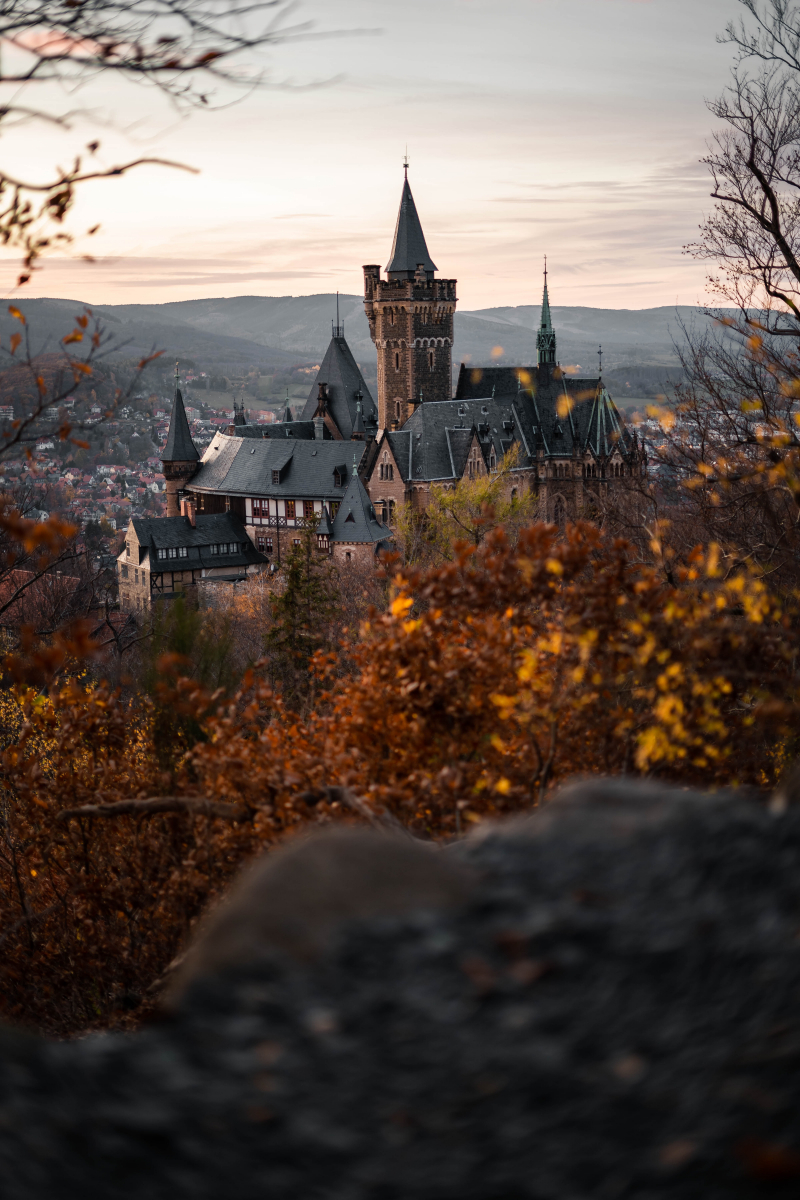
Image by Lukas Hartmann via pexels.com 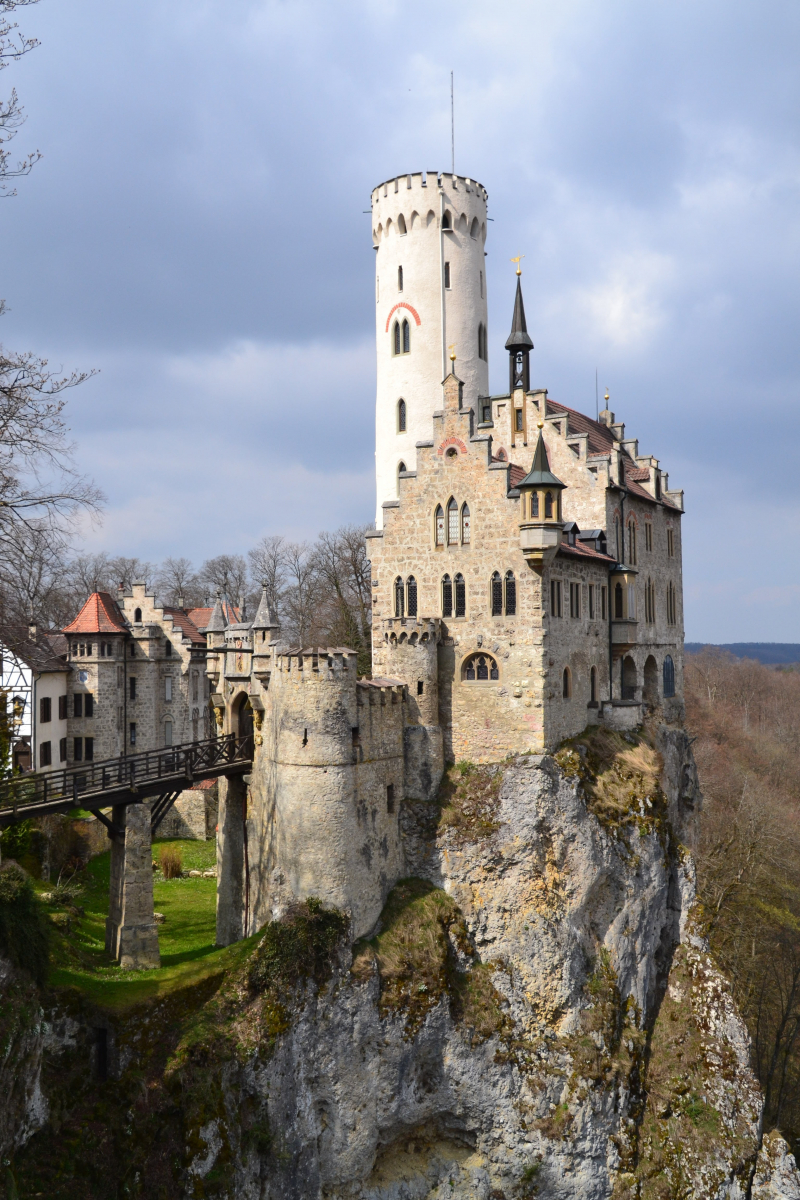
Image by Pixabay via pexels.com -
The notion that a castle is a chilly, damp, filthy, and uncomfortable place seems to be well engrained in contemporary thought. In medieval Europe, how could a stone building be anything else? The big and well placed stoves as well as the wall tapestries would have done a respectable job of warming and insulating the portions in which people were living, even though they were probably very cold in various regions during the winter. Nonetheless, a castle was actually fairly well equipped in terms of cleanliness.
The wooden seat above the hole in the castle facilities was extremely reminiscent of an outhouse. Everything that fell into that hole would have fallen out and away from the castle since the hole was constructed in such a way that it was pushed out from the castle wall. This demonstrates the obvious fact that the moat and surrounding terrain were by no means clean. But because people were effectively throwing all of their garbage outside the walls, the castle would have been fairly hygienic.
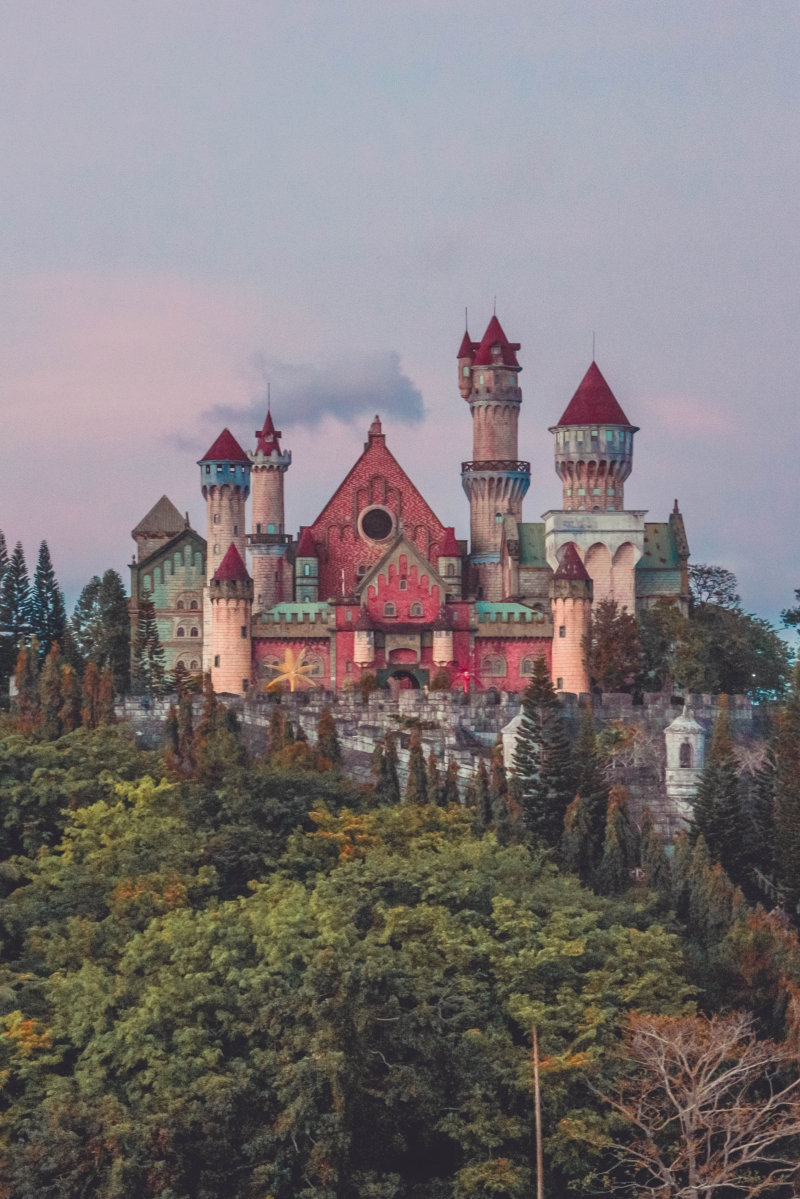
Image by Reignnel via pexels.com 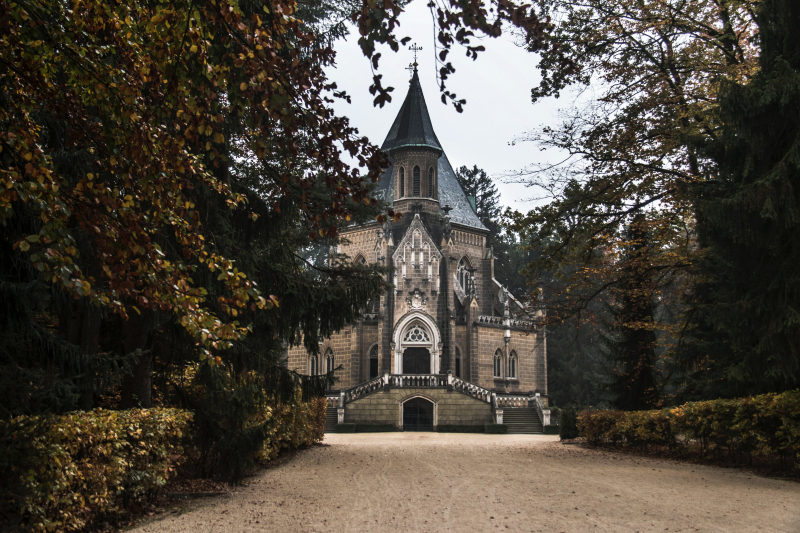
Image by Magdalena Krekels via pexels.com -
The notion that a castle is a chilly, damp, filthy, and uncomfortable place seems to be well engrained in contemporary thought. In medieval Europe, how could a stone building be anything else?
The big and well-placed stoves as well as the wall tapestries would have done a respectable job of warming and insulating the portions in which people were living, even though they were probably very cold in various regions during the winter. Nonetheless, a castle was actually fairly well-equipped in terms of cleanliness. The wooden seat above the hole in the castle facilities was extremely reminiscent of an outhouse. Everything that fell into that hole would have fallen out and away from the castle, since the hole was constructed in such a way that it was pushed out from the castle wall.
This demonstrates the obvious fact that the moat and surrounding terrain were by no means clean. But because people were effectively throwing all of their garbage outside the walls, the castle would have been fairly hygienic.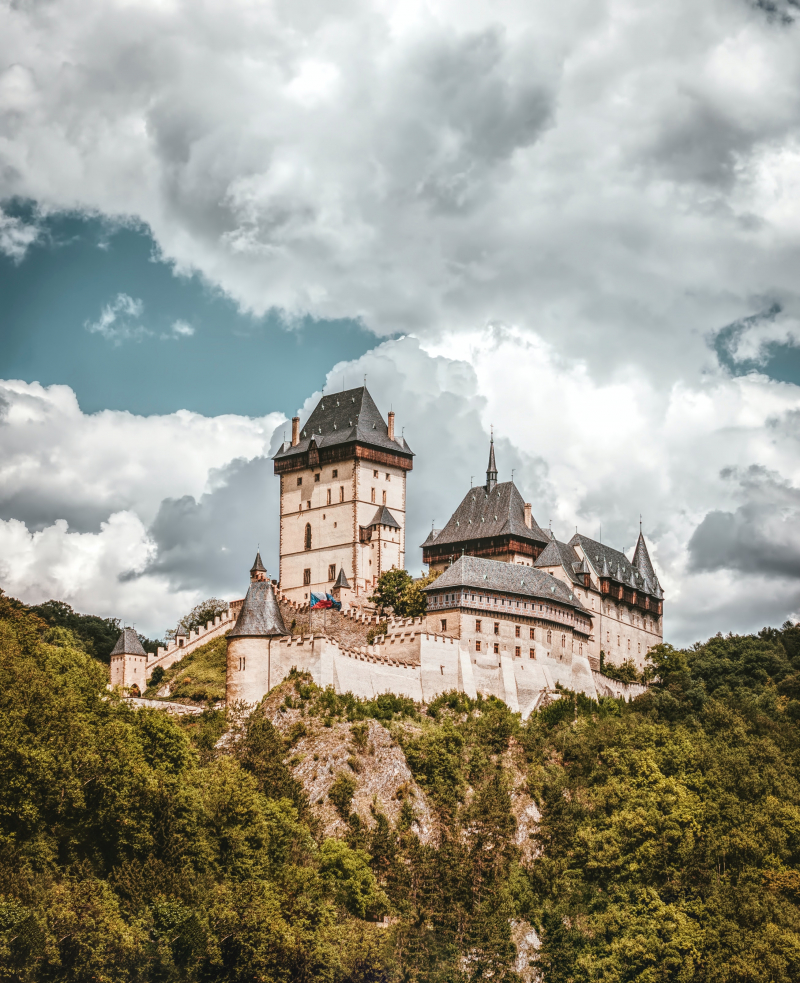
Image by Felix Mittermeier via pexels.com 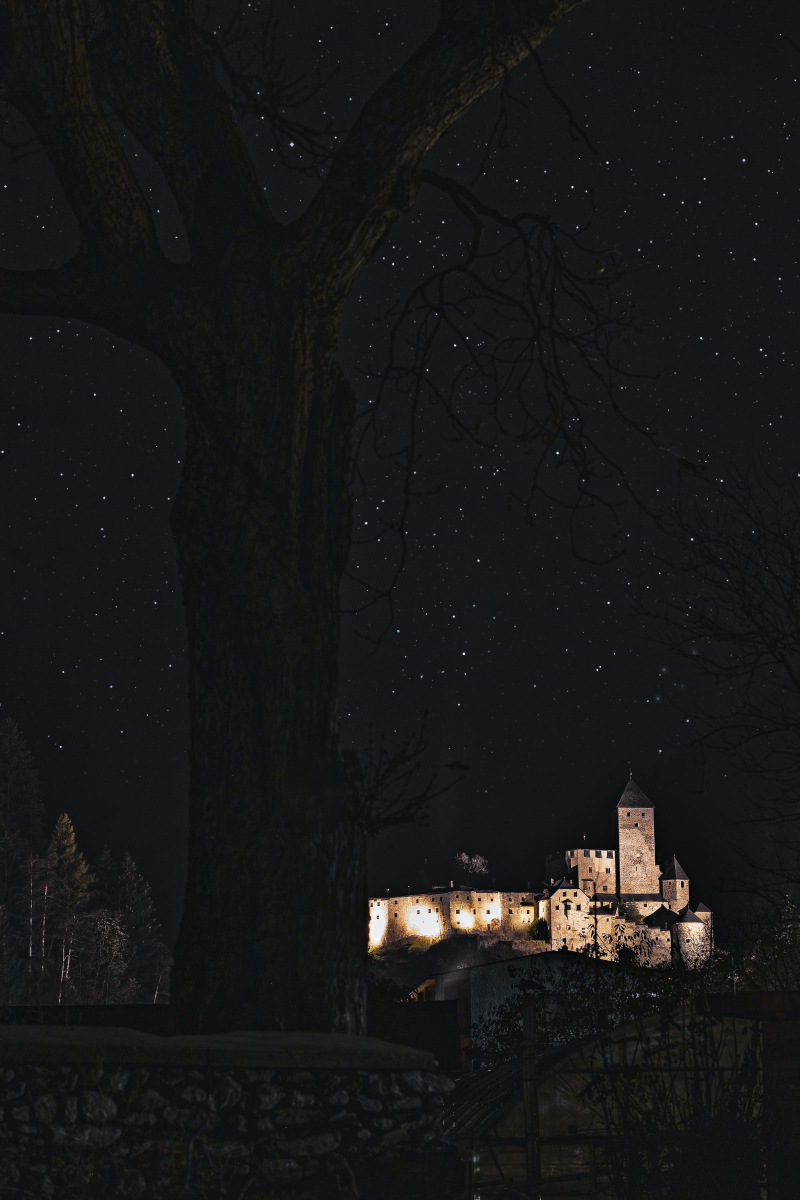
Image by eberhard grossgasteiger via pexels.com -
If given the duty of naming various components of a castle in the present era, the typical person might probably think of a few names such as, the main building, the portcullis, the ramparts, the towers, etc. A dungeon would probably also surface. A dungeon was, however, a rather uncommon feature to any castle construction. What may today be referred to be a dungeon was typically merely a type of cellar back then. They did not design it for holding captives, despite the fact that it could.
The Tower of London was one of the most well-known dungeons in British history, though it was high above the ground rather than underground. Due to the uncommon practice of keeping people as prisoners, medieval castles often lacked dungeons.
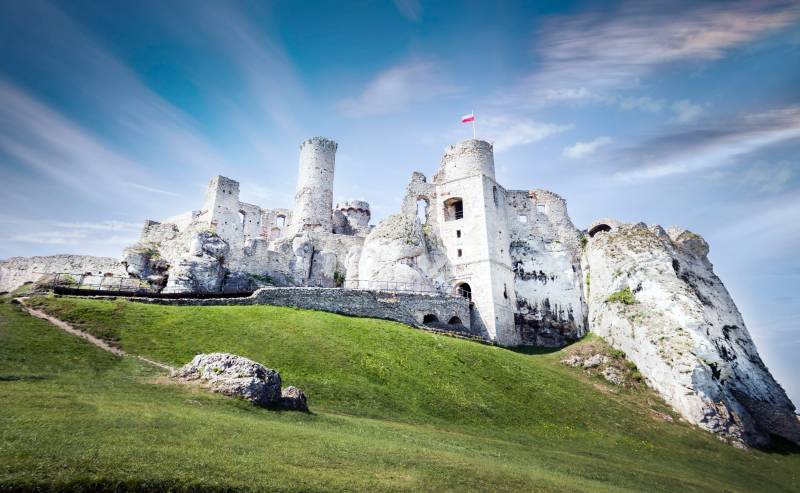
Image by Dominika Roseclay via pexels.com 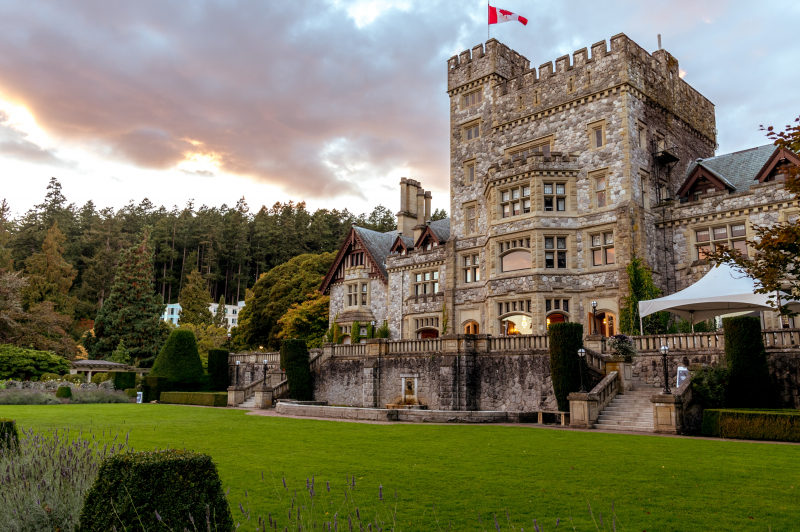
Image by Vlad Vasnetsov via pexels.com













